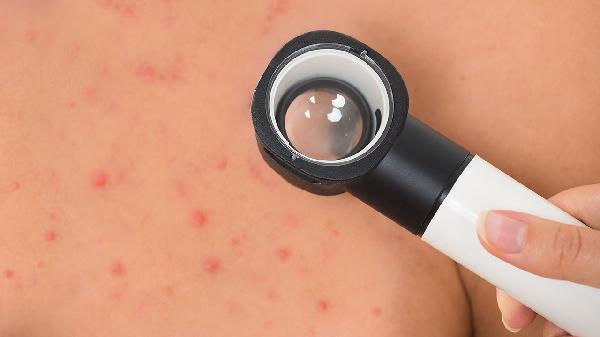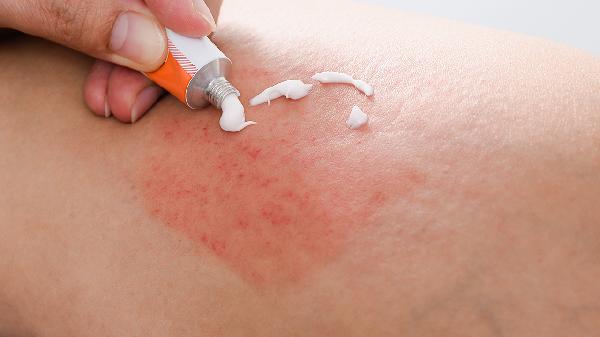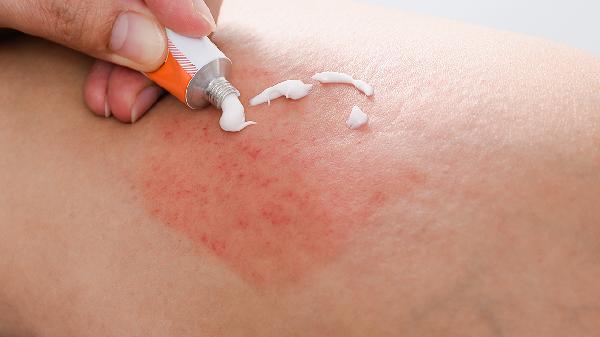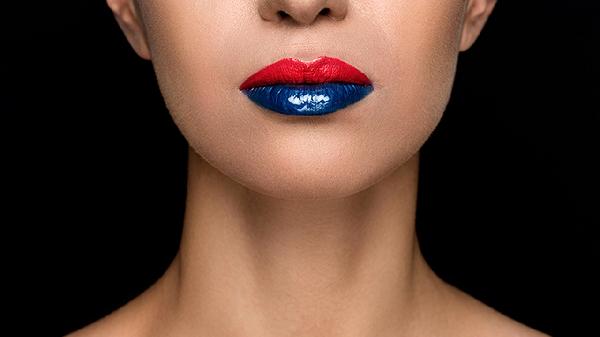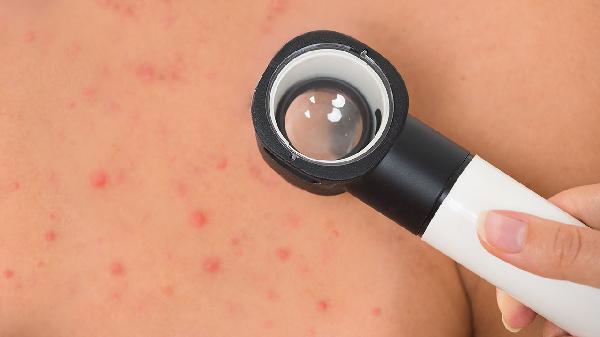Invisible bras, a magical tool that allows women to confidently show off their beautiful backs in the summer, can also become "invisible killers" of skin allergies. Have you ever experienced itching, redness, or even small rashes after wearing an invisible bra? Don't worry, today we'll talk about how to wear an invisible bra to prevent allergies, keeping you both beautiful and healthy.

1. Choose the Right Material
The material of the invisible bra directly affects skin comfort. The common materials on the market are silicone and fabric. While silicone offers good fit, it has poor breathability, which can cause skin to feel stuffy and lead to allergies. In contrast, fabric invisible bras are more breathable and suitable for women with sensitive skin. When choosing, opt for natural fiber materials like cotton or bamboo fiber to reduce skin irritation.
2. Pay Attention to Bra Cleaning
The cleaning of invisible bras is often overlooked. After prolonged wear, sweat, sebum, and other dirt can accumulate on the bra. If not cleaned promptly, it can breed bacteria and cause skin allergies. After each use, gently wash with warm water and a mild detergent, avoiding cleaning agents with chemicals. After washing, air-dry in a ventilated area, avoiding direct sunlight to prevent material aging.
3. Avoid Wearing for Too Long
While invisible bras are convenient, wearing them for extended periods can put pressure on the skin, especially with silicone bras. It's recommended to wear them for no more than 8 hours at a time, particularly in the hot summer when the skin tends to sweat more, increasing the risk of allergies. If you need to wear it for a long time, choose a more breathable fabric bra or take it off occasionally to let your skin "breathe."
4. Use Anti-Allergy Patches
For women with particularly sensitive skin, anti-allergy patches can be applied to the areas where the bra contacts the skin. These patches are usually made of medical-grade materials, effectively isolating direct contact between the bra and the skin, reducing the chance of allergies. Before use, test the patch on the inside of your wrist to ensure it doesn't cause an allergic reaction.
5. Replace Invisible Bras Regularly
Invisible bras also have a "shelf life." After prolonged use, the material can age, losing its original elasticity and fit, which can cause friction and lead to allergies. Generally, silicone invisible bras should be replaced every 3-6 months, while fabric bras can last a bit longer, but should still be replaced based on actual usage.
6. Avoid Wearing When Skin Is Damaged
If your skin is already damaged, red, or otherwise uncomfortable, it's best to avoid wearing an invisible bra. When the skin is compromised, it becomes more susceptible to irritation, and wearing an invisible bra could worsen the issue. Wait until your skin has fully recovered before choosing and wearing an appropriate bra.
While invisible bras can give women more freedom in their outfits, improper wearing can impose unnecessary burdens on the skin. Choosing the right material, paying attention to cleaning, controlling wearing time, using anti-allergy patches, regularly replacing bras, and avoiding wearing when the skin is damaged are all effective ways to prevent allergies. We hope these tips help you stay both beautiful and healthy in the summer, effortlessly mastering the use of invisible bras and showcasing your confident charm!

